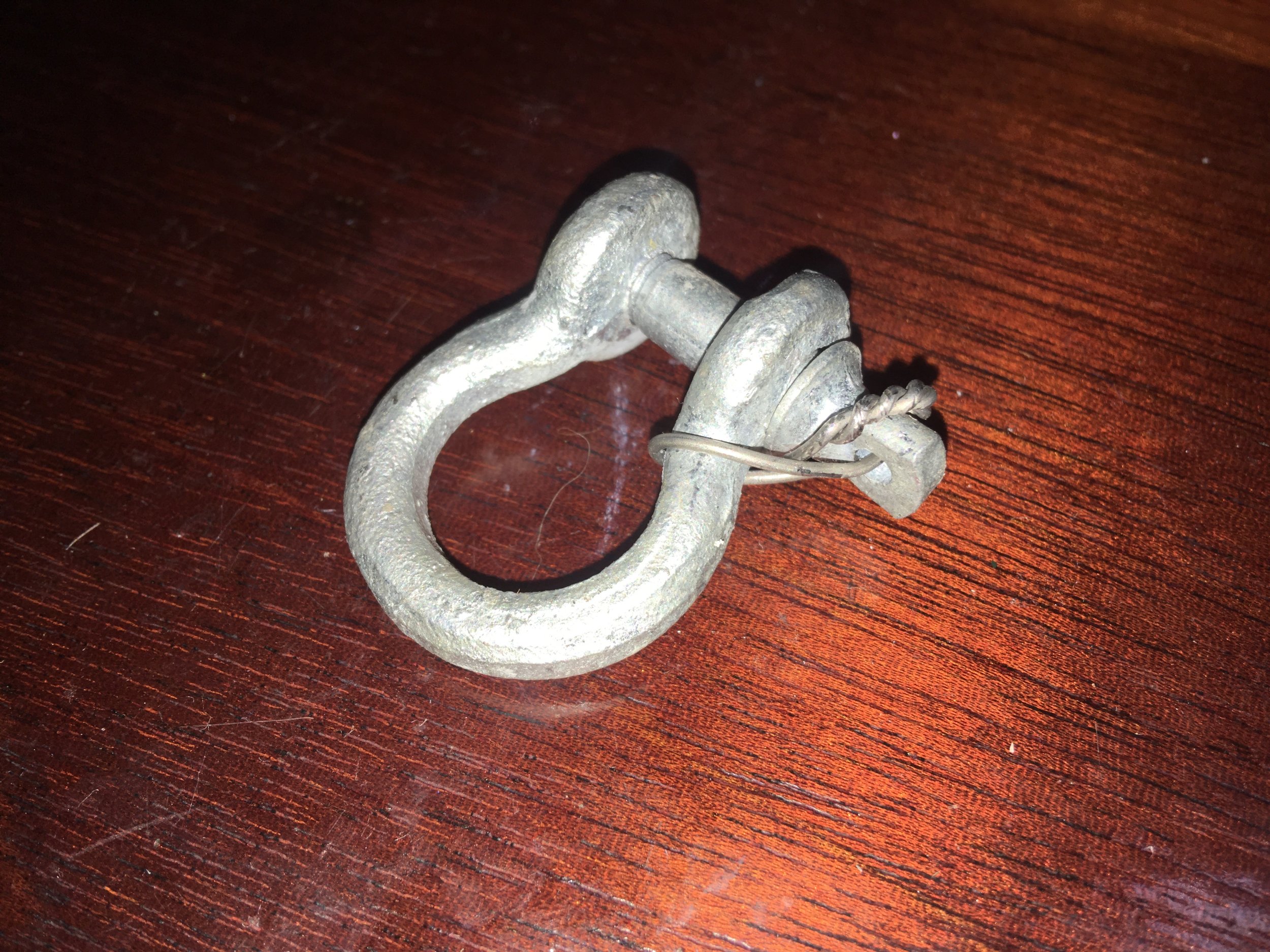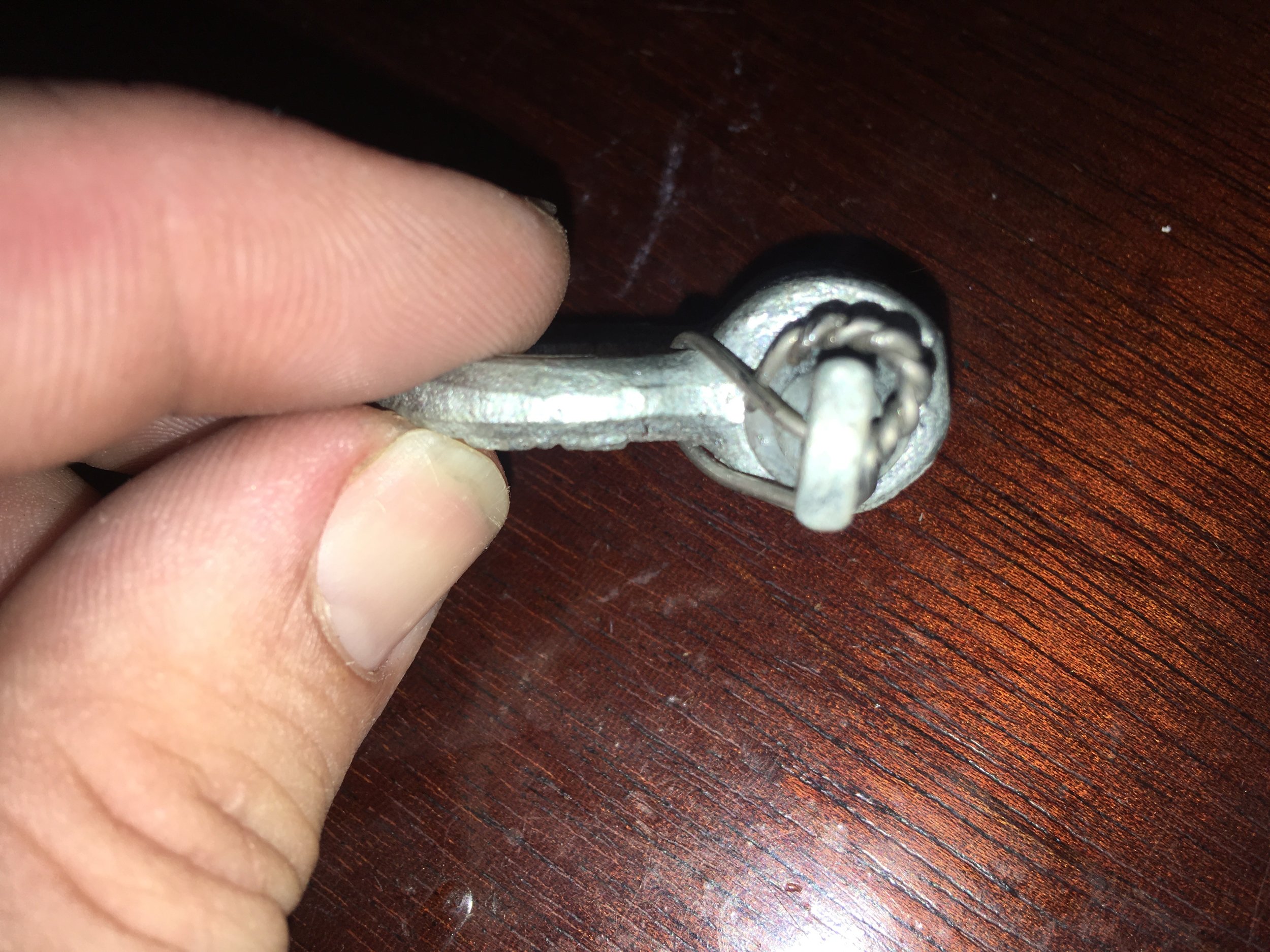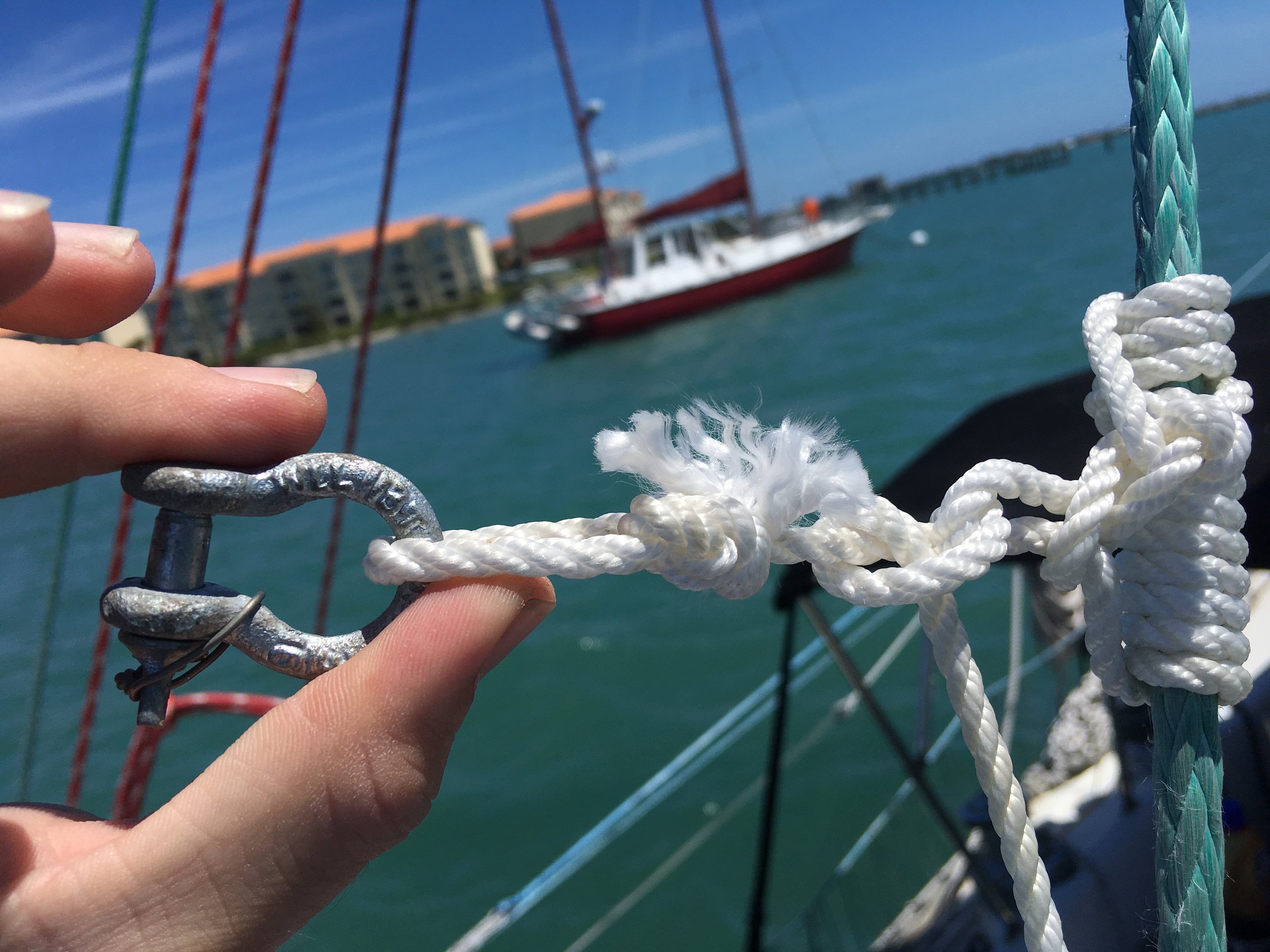Sometimes the best wind to get to your next destination is not the same wind that you need to get out of your anchorage. We were very happily moored in Fort Pierce, FL.
We were on a mooring ball and the conditions were comfortable, even in foul weather. But, we want to get to Miami, which lays about 120 miles south of Fort Pierce.
To get to Miami, we really need the Northerly winds brought down by a cold front. These systems will bring powerful winds that will blast you towards your destination with very little sail flying. We have sailed this way successfully since Charleston, SC, flying only the storm jib and trysail.
To safely leave the Fort Pierce inlet, we needed a nice calm day when we could ride out gently with the current. So, we slipped out of the inlet and out into the Atlantic Ocean, where we were met with a gentle southerly breeze. We tried tacking a bit to make some miles south as we wait for the cold front that will arrive tomorrow., but to no avail. We tacked for over 2 hours, and only moved a few miles from the inlet. The palm trees that line the inlet are still very clearly visible and the work seems to be in vain.
So, here we sit, on a gorgeous day, hove to. three yachts are dialing past us, flying only their massive genoas, as they ride the downwind passage to their northern destination. We, on the other hand, must wait for tomorrow to make our miles!












